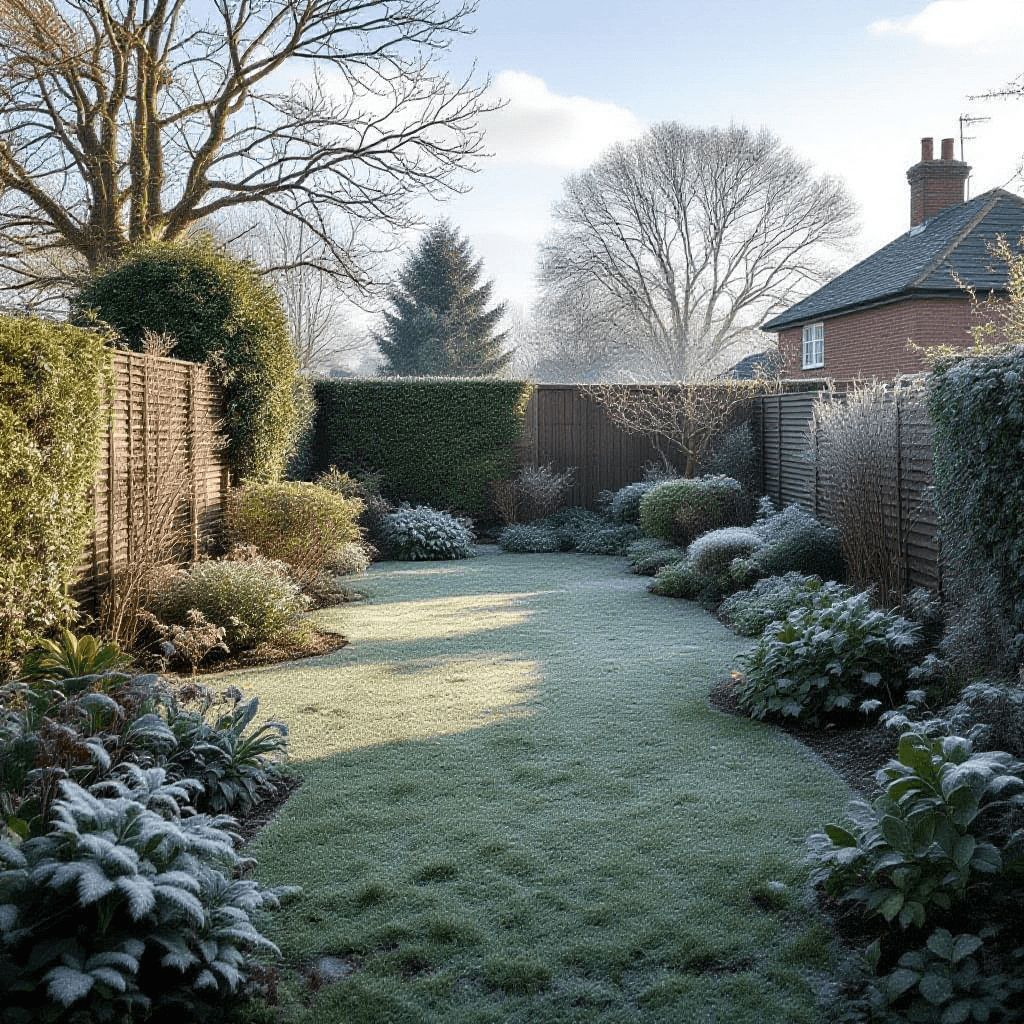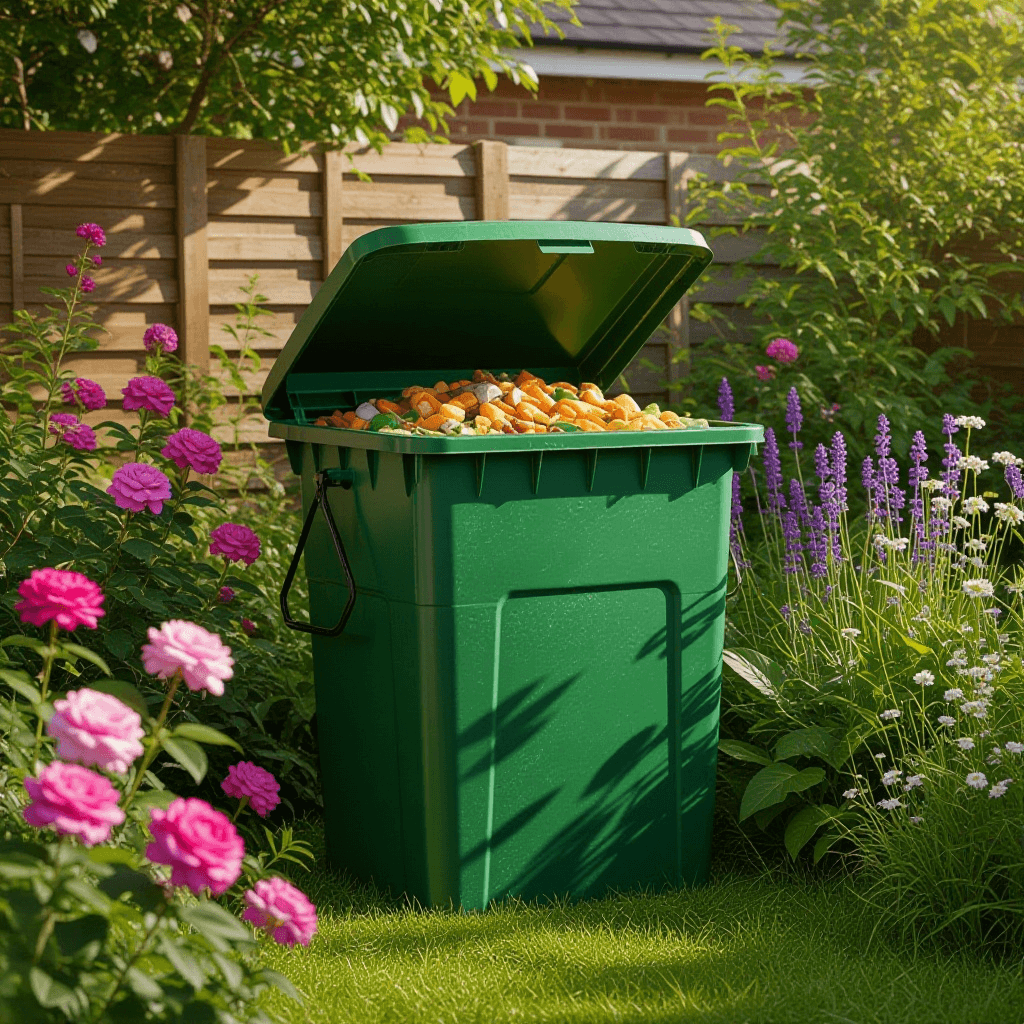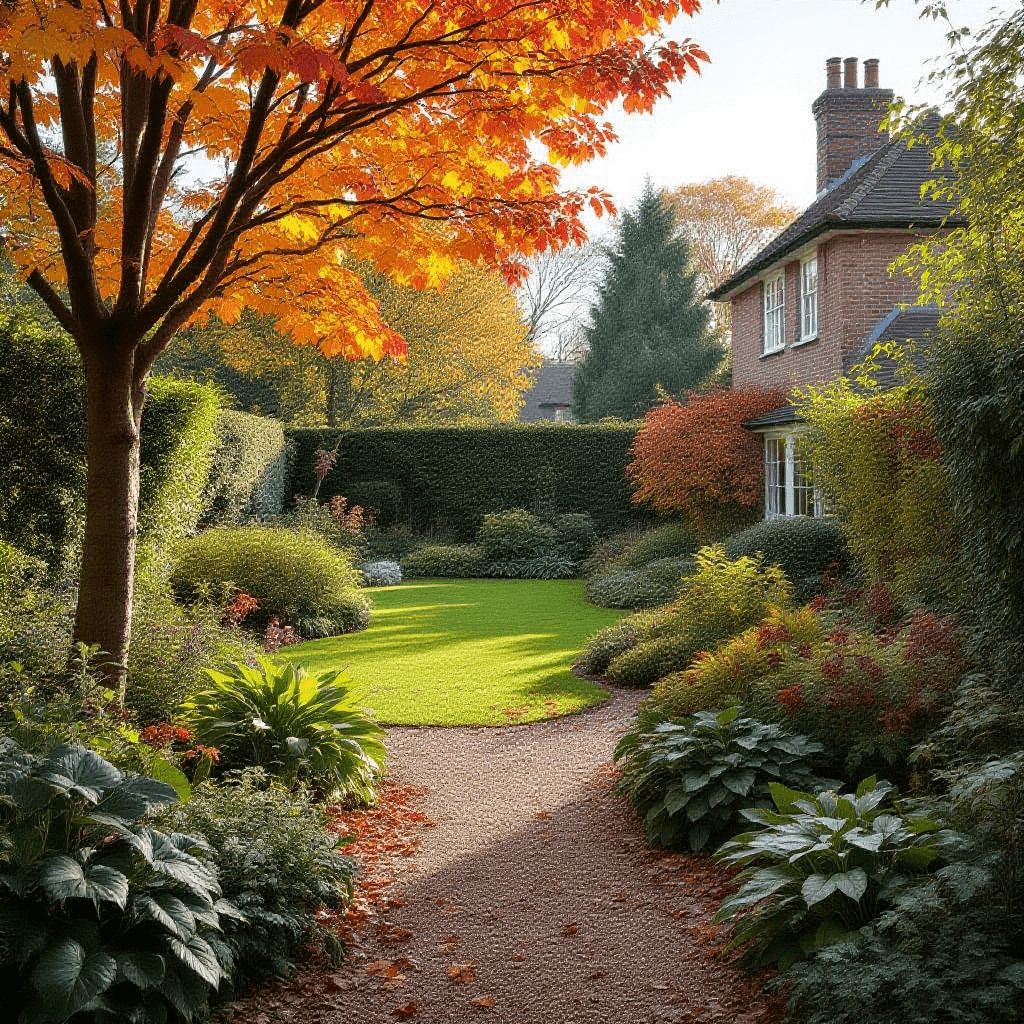Preparing Your Garden for Winter
As winter approaches, it is crucial to prepare your garden to withstand the colder months in the UK. Effective preparation not only safeguards your plants but also lays the foundation for a fruitful growing season in the spring. One of the primary concerns is protecting plants from frost damage. It is advisable to cover delicate plants with frost cloths or straw and to create windbreaks using garden netting. This will help insulate those vulnerable areas and ensure that they remain warm enough during severe cold snaps.
Another essential aspect of winter gardening is mulching. Applying a layer of mulch around your plants and flower beds helps regulate soil temperature and retains moisture. Organic mulch, such as shredded bark or straw, not only improves soil structure as it decomposes but also serves as a barrier that prevents weed growth. Furthermore, this layer provides insulation, keeping roots warmer during prolonged freeze periods and aiding in moisture retention during thaws. Adequate mulching is particularly beneficial for perennials and young trees.
Winterizing your gardening tools is equally important. Cleaning and properly storing your equipment will prolong their lifespan and ensure they are ready for use when spring arrives. Ensure that tools are free from dirt and debris, and sharpen blades to enhance performance. Additionally, applying oil to metal parts will prevent rusting and deterioration over the winter months. This maintenance routine not only prepares your equipment but also encourages an organized approach to the coming gardening season.
Finally, consider the importance of pruning trees and shrubs. Pruning during dormancy is beneficial in promoting healthy growth, as it reduces the risk of disease and encourages strong bud formations in the spring. Focus on removing dead or damaged branches and shaping your plants to ensure plenty of light and air circulation when the growing season resumes. By following these key preparations, your garden will be well-equipped to flourish after the winter ends.
Choosing the Right Plants for Winter Gardening
When it comes to winter gardening in the UK, selecting the right plants is crucial for creating an inviting and vibrant outdoor space despite the colder temperatures. Hardy perennials are a wise choice as they can withstand harsh winter conditions. Varieties such as Hellebores, which bloom in late winter, offer much-needed color and interest. Additionally, evergreen plants, such as Boxwood and various conifers, maintain their foliage throughout the season, providing structure and greenery to the garden when other plants have gone dormant.
It is also beneficial to consider winter-flowering varieties that thrive in cooler climates. Plants like Winter Jasmine and Camellias not only bloom during winter months but also attract pollinators at a time when food sources are scarce. These flowering plants can enhance the visual appeal of your garden, ensuring it remains lively even in the coldest months. When selecting plants for winter, look for those labeled as frost-resistant and well-suited for your specific zone within the UK, which can often be found in local nurseries or garden centers.
Furthermore, incorporating seasonal decorations alongside your plant choices can elevate your winter garden’s aesthetic. Use natural elements like pinecones, holly, or ornamental grasses to create arrangements that are visually striking. For indoor gardening, consider plants that thrive in low light, such as Pothos or Peace Lilies. These varieties can help brighten up your home during the darker winter months, improving indoor air quality while adding to the decorative scheme. In conclusion, by thoughtfully selecting hardy plants and seasonal decorations, you can cultivate a winter garden that is both beautiful and resilient throughout the cold season.
Winter Maintenance: Keeping Your Garden Healthy
During the winter months in the UK, maintaining your garden is crucial to ensure it remains healthy and vibrant for the upcoming spring season. The primary focus during this period should be on monitoring moisture levels, as the soil can become too wet or too dry, affecting the health of your plants. Regular checks will help to determine if watering is necessary; despite cooler temperatures, some plants may still require hydration. It is advisable to water on milder days when the ground is not frozen and avoid over-saturating the soil.
Another important aspect of winter garden maintenance is protecting delicate plants from the harsh elements. Using mulch can provide insulation and help retain soil moisture while shielding roots from freezing temperatures. Additionally, it may be necessary to cover sensitive plants, especially those not suited for extreme cold. Garden fleece, for instance, can be an effective barrier against frost, allowing light and moisture to penetrate while offering protection.
Proper drainage plays an essential role in winter garden care. Ensuring that pathways and planting areas remain free from standing water can help avert root rot and other winter-related issues. Regularly check garden beds for any water pooling, and if needed, implement drainage solutions such as installing soakaways or adjusting the landscape to facilitate better water flow.
Addressing pest control is another vital task during winter maintenance. While pests may be less active during the cold months, certain species can still pose a threat. Inspect your garden regularly for any signs of infestations and adjust your pest management strategies accordingly. By being proactive and conducting these winter maintenance tasks, gardeners can ensure their gardens remain healthy and primed for rejuvenation in the spring.
Embracing the Beauty of Winter Gardening
Winter gardening offers a unique opportunity to appreciate the quieter, yet enchanting aspects of our gardens. While many may view winter as a time to disregard gardening, it is a season ripe with potential for those willing to explore and embrace the beauty that persists even in the coldest months. Creating comfortable seating areas in your garden can provide a perfect spot for quiet observation and contemplation, allowing gardeners to connect with nature and appreciate the intricate beauty of frost-laden branches and the subtle colors of winter foliage.
Additionally, the strategic use of lighting can transform a winter garden into a magical wonderland. Installing solar lights along pathways or incorporating illuminated ornaments can create an inviting ambiance during long, dark nights. The soft glow of lights against the backdrop of winter can offer serenity and charm, making your garden a delightful place to visit even when the days are short and chilly.
Further enhancing your winter gardening experience involves planning for spring blooms. It is beneficial to reflect on the plants you wish to incorporate for the upcoming season. By selecting early spring flowers like crocuses and snowdrops, you can create a seamless transition from winter into spring. Engaging in this forward-thinking approach allows you to enjoy the anticipation of the new life that will soon grace your garden.
Stories abound of gardeners who find joy and solace in the winter months. For instance, one gardener reflects on how their winter garden has become a sanctuary—a place where they can reflect and find peace amid the season’s stillness. Such experiences remind us that winter gardening not only fosters a deeper appreciation for nature but also revitalizes the mind and spirit. Embracing winter gardening can enrich your experience, offering you a fresh perspective that deepens your connection to the natural world around you.


